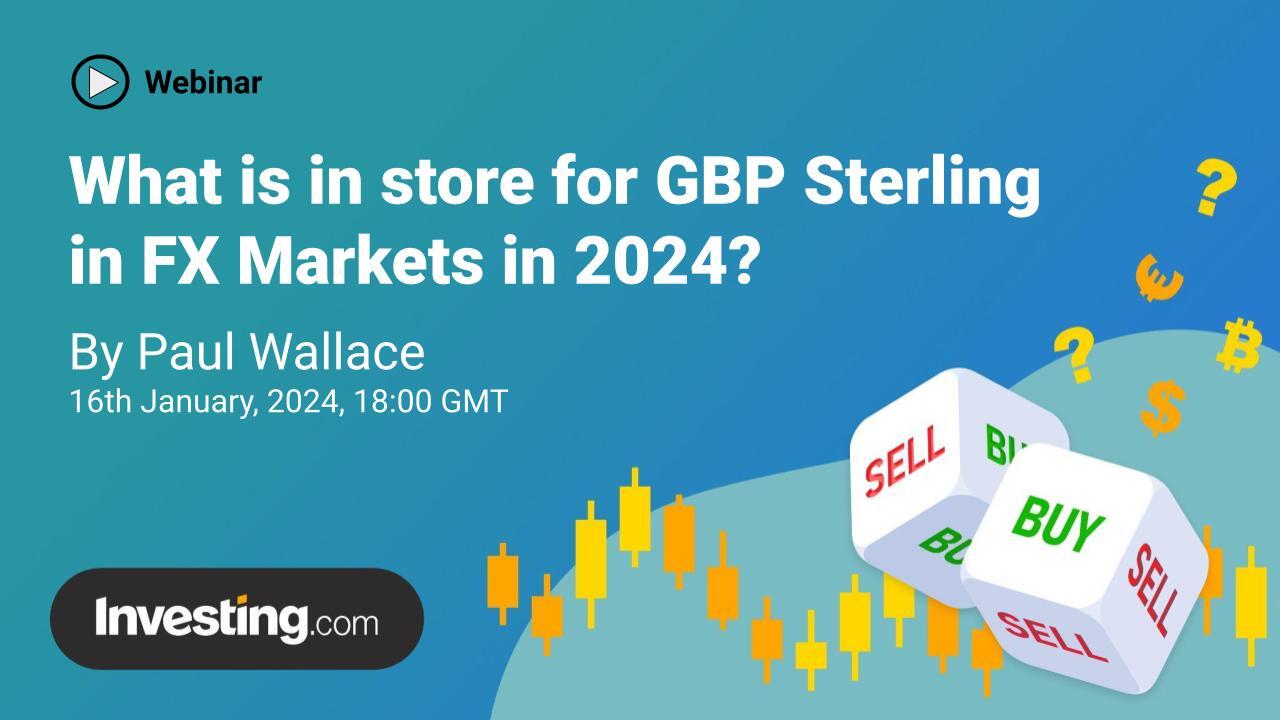Gold prices set for weekly gains on dovish Fed outlook; silver near record high
Whether markets can continue the momentum of a strong year-end rally remains to be seen, but the early indications give some cause for optimism.
Expectations of lower interest rates and a soft economic landing in the US helped propel the main indices to a positive flurry in December, such that the Dow Jones index finished the year ahead by 13.7%, the S&P500 by 24.2% and the Nasdaq by a storming 43.4%.
The stage is set for further gains, certainly in terms of historical trends which suggest that the momentum could spill over into January, but the initial tests of investors’ mettle will come thick and fast during the month. An early indication will come on Friday with the release of the US non-farm payrolls report, where it is expected that 163000 jobs will have been added in December, compared to 199000 in November. The unemployment rate is expected to tick marginally higher to 3.8% from 3.7%, accompanied by what will become an increasing focus on any signs of a weakening economy in the face of previous Federal Reserve rate hikes. Indeed, the current expectation is that rates could be cut as early as March, although the Fed mantra remains that any such move will be wholly data dependent.
January will also herald the beginning of the fourth quarter and full-year reporting season, where earnings growth could provide some initial optimism ahead of an easing monetary policy environment. In addition, the so-called “Magnificent Seven” technology stocks will come up against lofty expectations, particularly following a year of stellar share price gains, while in general profits are estimated to have outperformed given a relatively tepid rate of growth last year.
Asian markets kicked off the year in mixed fashion, with a Japanese holiday focusing most interest on the current economic situation in China. Unsurprisingly, the concerns which clouded sentiment towards Chinese markets has spilled over into the new year, with a release over the weekend pointing to a further reduction in manufacturing activity. The number represented a third straight month of decline and at a rate which accelerated, which could prompt further calls for a bout of stimulus from the authorities which has been notably lacking over recent months.
Subdued business and consumer confidence, high youth unemployment and a beleaguered real estate sector all remain on the country’s to do list in order to improve the situation. After the initial bout of optimism in early 2023 following the economy’s release from lockdown, sentiment turned sour towards the region as the economic figures failed to live up to expectations, resulting in damaged sentiment which saw investors steer clear.
In the UK, the tepid performance which dogged returns for much of the year also saw some improvement as the possibility of interest rate cuts in 2024 eased some of the pressure which had been forced on investors. The more domestically focused FTSE 250 enjoyed a strong finish, ending 2023 ahead by 4.4% despite having been below the waterline for most of the year. The more recent revelation that the UK could already be in recession following a contraction in growth for the third quarter, coupled with a sharp drop in inflation in November add to the possibility that rate cuts will need to be in sharp focus at the Bank of England as the year progresses.
The premier index also saw the benefit of December momentum following through, opening the year slightly higher and adding to the gain of 3.8% achieved throughout 2023. The FTSE100 remains some way off the record highs of over 8000 posted in February, although the upcoming reporting season could provide some further relief. Over the next couple of weeks attention will turn towards retailers and supermarkets as they provide updates on trading over the festive period, and indeed these stocks have helped propel the index in early trade with prices marked up in anticipation of a successful Christmas season.

